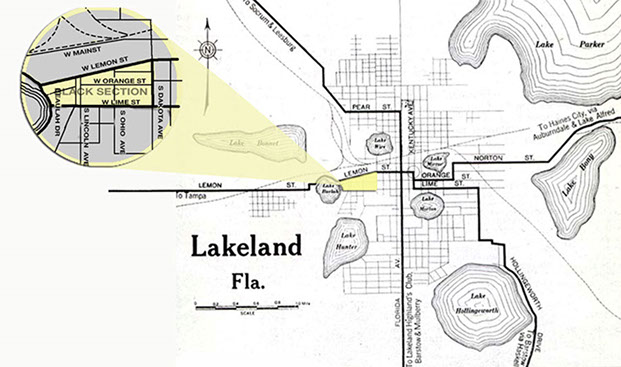History of the Community
1885 - 1905
1906 - 1925
1926 - 1945
1946 - 1965
1966 - 1985
Years:
First Black Settlement

Prior to Lakeland's incorporation in 1885, the area that currently makes up the city's boundaries was wilderness. It was occupied primarily by a few families and squatters. In the late 1870s, many of these settlers started purchasing the land they lived on. In addition, others were attracted to the area with the impending arrival of the railroad.
The first recorded history of Blacks in Lakeland was little before the town's beginning, in 1883. Many of the Black settlers came to the area as laborers with Herbert J. Drane of Franklin, Kentucky. Drane was a foreman with the Henry B. Plant Railroad Lines which was commissioned to construct railroad lines in west Central Florida.
When the Blacks arrived, they camped in an area southwest of Lake Wire and east of the shores of Lake Beulah. The settlement later became know as Moorehead. It was bordered by W Lemon Street to its north, W Lime Street to its south, Beulah Drive to its east and S Dakota Avenue--now Martin Luther King Jr Drive, to its west.
The 1880 Census reflects that there were 133,397 residents in Polk County. Of that, 8,052 were Blacks. In the book titled "History of Lakeland, Florida," it is noted that "Lakeland had a Black population of 150 in 1887." The author goes on to say the Blacks had a school and were "clean and industrious."
It should be noted that Herbert Drane went on to play a role in establishing Lakeland. He also served in the local, State and national government for the State of Florida. In addition, Abraham Munn of Louisville, Kentucky, is recognized as the founding father of Lakeland. In 1882, Munn purchased 80 acres of land in what is now downtown Lakeland. On January 1, 1885, Lakeland became incorporated as a town.
The first major institution in the Black community was the St. John Baptist Church--now First Baptist Institutional Church. It was established in 1884 and located on the corner of S Lincoln Avenue and W Orange Street. Over the next two decades, a few other churches were founded including the Mt. Pleasant AME Church, the Zion Hill Baptist Church and the Foster Memorial AME Church.
Many of the Blacks coming to the area were workmen and lived in railroad camps. During the early years of Lakeland's beginning, Blacks also worked as laborers in the citrus industry picking fruit. At that time, strawberries were one of the most profitable in Lakeland.
Some of the Black laborers came with their families, or sent for their families after establishing themselves. On May 1, 1886, Mattie Boyd was recorded as the first Black born in Lakeland. John Maddox is quoted in the book "Evolution of African-Americans Lakeland, Florida (1883-2014)" as stating that his predecessor, Estelle Morpus, was first Black born in the area in 1881 before Lakeland was incorporated.
Within a couple years, Blacks began efforts to educate their children. Records from a 1887 Polk County School Board meeting reflects that Amos Stewart was appointed supervisor of the Lakeland Colored School. During that period local communities, Black and white, were responsible for funding their own schools. The Black church played an important role in providing funding and a location for educating the Black children.
Like the South in general, Lakeland was segregated. Aside from a few work settings domesticated workers, Blacks and whites lived and functioned in separate communities. This way of life, along with a growing Black population, fostered conditions for Black businesses to start-up and prosper in Lakeland. Grocers, meat stands, cleaners, barber, etc., could be found in the community.
Only a few instances are recorded but racial tensions existed under the surface of the segregated communities. One of the most noted involved the United States 10th Calvary Regiment, or the Buffalo Soldiers. A monument to the soldiers is erected at the base of Lake Wire behind the Lawton Chiles Charter School.
According to records, the Buffalo Soldiers were stationed in Lakeland in 1898, while staging for deployment to the Spanish-American War. Reports reflect that some of the soldiers were confronted by a mob of whites after complaining about being denied service at a local drug store. The tensions continued to rise. During the encounter, Joab Collins, a white barber threatened to kill the soldiers, and in turn was shot and killed. Several soldiers were charged, and claimed self-defense. One of the soldiers was convicted in the Collins' death and given a life sentence in the State penitentiary.
original settlers
Railroad Crew
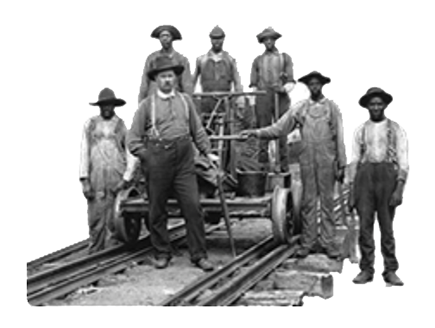
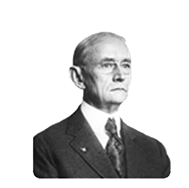
Herbert Drane
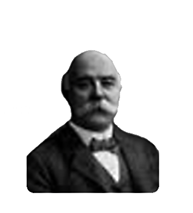
Abraham Munn
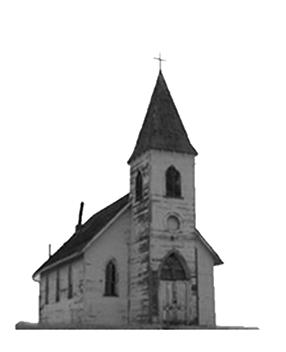
One of the first structures was St. John Baptist Church currently First Baptist.
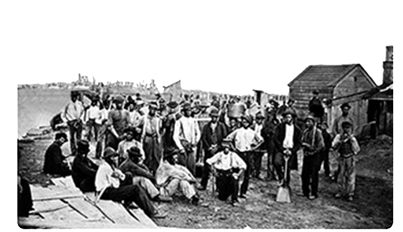
The Black settlement, later known as Moorehead, had its beginnings rooted in the railroad camps.
Buffalo Soldiers were stationed in Lakeland during Spanish-American War, in 1898.
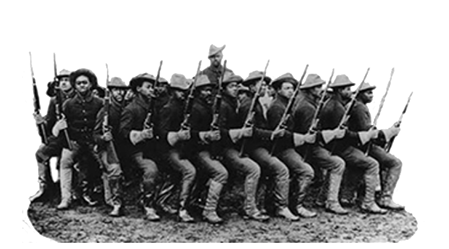
Black families were a significant part of the growth of the Black population.
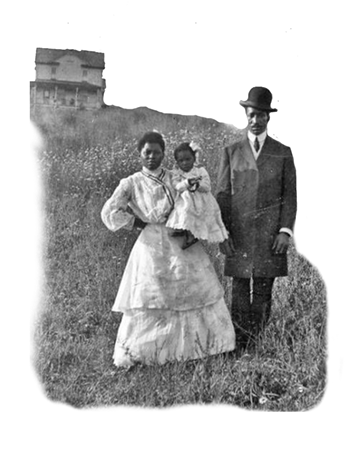
These pages contain a small portion of information about the people and places that made up Lakeland's Black community the first 100 years. The sources include articles by LaFrancine Burton, the book by Dr. Neriah Roberts, Facebook, community members, etc. Contact Us if you have information like pictures you don't mind sharing.
